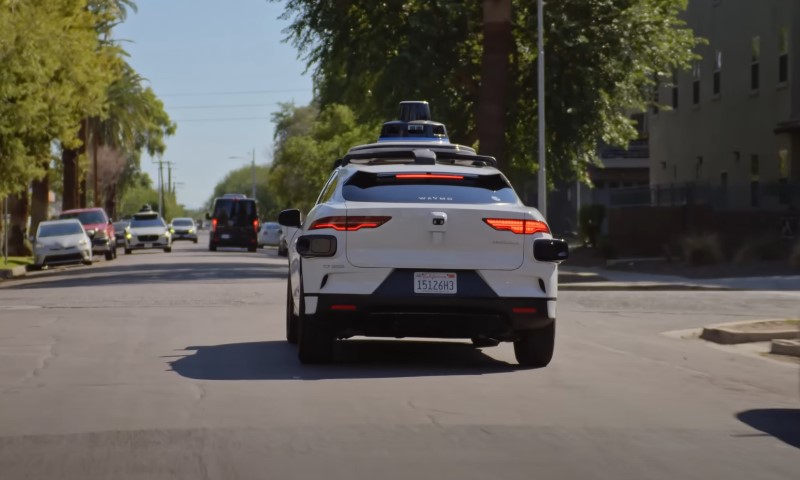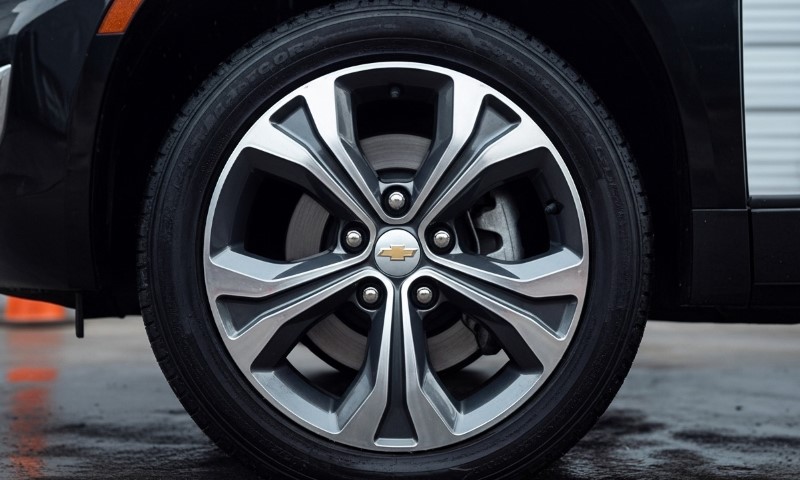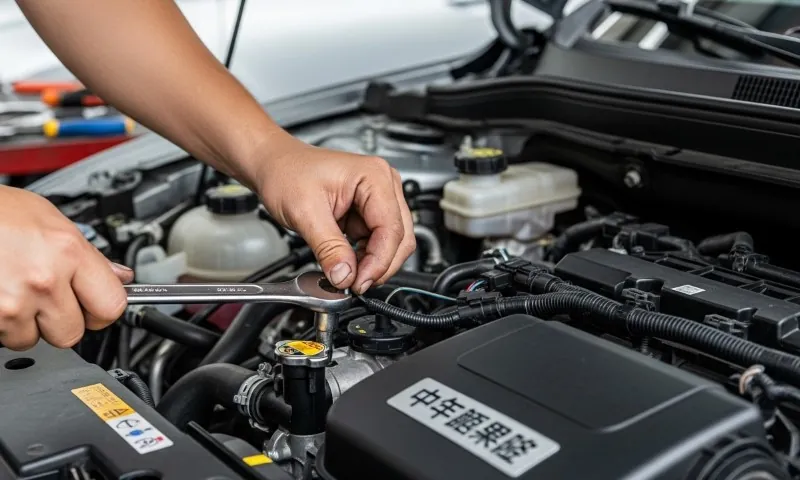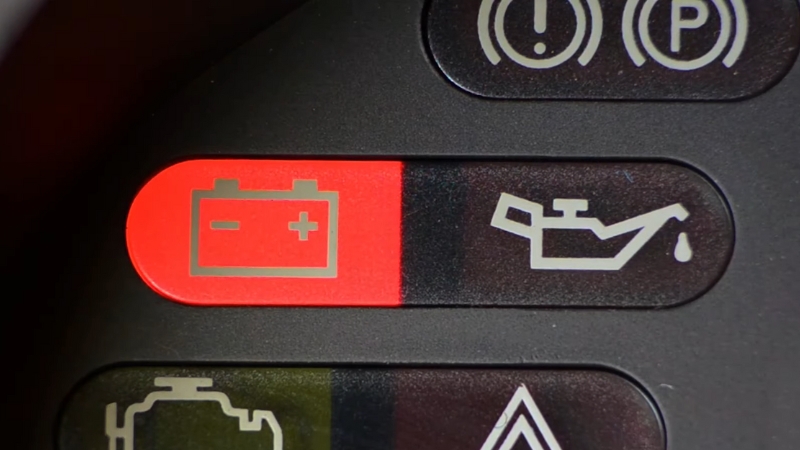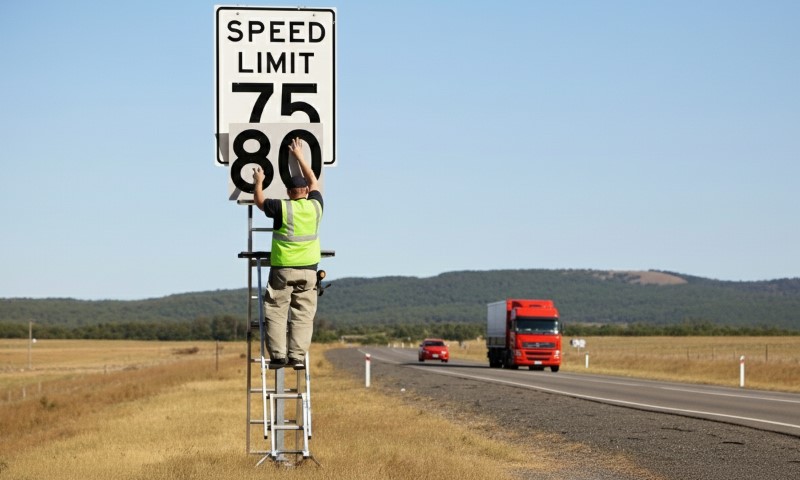
Share Post:
When you drive across the United States, speed limits change almost as often as the scenery. Some states stretch the definition of “fast lane,” while others keep a tight rein on speed in the name of safety.
The range is wide, and the reasons behind it are just as varied. At the very top sits Texas, with a legal limit of 85 miles per hour, something no other state matches.
Below that, eight more states have carved out 80 mph corridors across open plains and desert freeways. Everything else stops short of that mark, usually at 75 mph or less.
The differences tell a story about geography, engineering, lawmaking, and sometimes even politics. Let’s look at how those limits are set, which states hold the fastest records, and what you need to know before cruising at high speed across America’s interstates.
Table of Contents
ToggleHow States Set Speed Limits
Every state controls its own roads, and the authority to set limits sits in law and in the hands of engineers.
Legislatures define maximum statutory ceilings, while transportation agencies decide where those limits can actually appear after field studies and safety reviews.
1. Statutory Framework
Most states define default limits in statute, like 65 mph on freeways or 55 mph on two-lane roads, and allow higher postings only if supported by an engineering and traffic investigation.
2. Engineering Studies
State DOTs study design speed, sight distance, crash history, and how fast people already drive (the “85th percentile rule”). When conditions justify it, they raise the limit.
Traffic engineers often use a radar speed sign like the Evolis to measure actual driving speeds and gather percentile data before approving any limit changes.
3. Official Posting
A speed limit only becomes enforceable once it’s posted on a sign. If the sign says 80 mph, that’s the law for that stretch, even if another part of the same highway drops to 70 miles later.
Where You Can Drive Fastest
Only one state breaks the 80 mph ceiling. Eight more join the “80 mph club,” posting that number on long, empty freeways where the open landscape invites it.
85 MPH – Texas Leads the Nation
Texas stands alone at the top. A 41-mile stretch of State Highway 130, northeast of San Antonio, legally allows 85 mph. It’s not the norm across the state, but the corridor was engineered and reviewed specifically for it: wide lanes, gentle curves, and limited access.
Beyond that, Texas posts 80 mph on other major corridors, including parts of Interstate 10, Interstate 20, and State Highway 45.
Texas law authorizes its Transportation Commission to approve limits up to 85 mph if an engineering study supports the decision. It’s the only statute in America that allows that number.
The 80 MPH Club
Eight states share the next tier. Each applies its own fine print and geography.
| State | Max Posted Limit | Where It Applies | Key Notes |
|---|---|---|---|
| Idaho | 80 mph | Specific rural Interstate segments | Trucks often limited to 70–75 mph |
| Montana | 80 mph | Interstates outside urbanized areas | Lower at night; truck limits differ |
| Nevada | 80 mph | Designated rural freeway sections | Statutory cap: no speed above 80 mph |
| North Dakota | 80 mph | I-94 and I-29 outside city limits | Effective Aug. 1, 2025 |
| Oklahoma | 80 mph | Select turnpikes (toll roads) | Expanded in 2024 on Cimarron and H.E. Bailey |
| South Dakota | 80 mph | Rural Interstates statewide | Minimum speed 40 mph |
| Utah | 80 mph | Rural freeway segments | Requires safety and traffic study |
| Wyoming | 80 mph | Designated freeway corridors | Posted after engineering review |
Where 75 MPH Is the Ceiling
Outside that small group, most states cap their rural freeway speeds at 75 mph. States like Arizona, Colorado, Kansas, Louisiana, Maine, Michigan, Nebraska, New Mexico, and Washington top out here. A few, such as Florida and Georgia, hold steady at 70 mph statewide.
Those differences come down to traffic density, crash rates, and local appetite for change. Western and plains states, with long distances and sparse traffic, generally lead the pack.
What Shapes the Numbers Behind the Signs
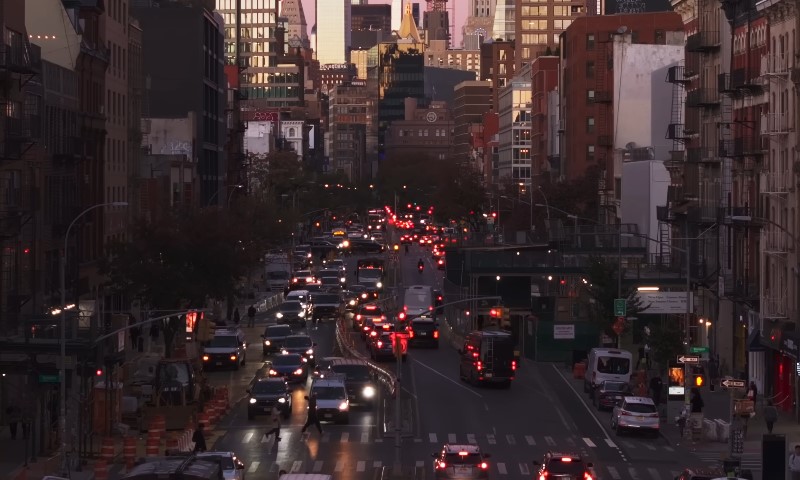
Not every 80 mph state feels the same behind the wheel. Fine print in state law, enforcement policy, and geography affects how fast you can actually drive.
Rural vs. Urban
High limits live in rural areas. The same state that posts 80 mph on open desert may drop to 65 or 70 once the freeway enters a city. Nevada illustrates it perfectly—80 mph between Elko and Winnemucca, 65 mph in Las Vegas.
Truck and Nighttime Rules
Heavy vehicles often face lower ceilings. Montana’s rural Interstates allow cars at 80 mph but trucks at 70 mph, and the state keeps lower nighttime limits on some routes. Michigan, with 75 mph rural freeways, still posts 65 mph for trucks on many corridors.
Toll Roads and Turnpikes
The fastest roads often require a toll. Oklahoma’s Turnpike Authority raised several routes to 80 mph after safety upgrades and electronic toll conversion. Texas’s SH 130, the nation’s 85 mph corridor, is also a toll road, designed and built for that speed.
Statutory Ceilings
Nevada writes its hard limit into law. Even if engineers find a corridor could handle 85 mph, the Nevada Revised Statutes forbid posting above 80 mph under any circumstance. That keeps the top number uniform statewide.
Newly Raised Limits in 2025
The newest entrant to the 80 mph club is North Dakota. As of August 1, 2025, both Interstate 94 and Interstate 29 outside city limits increased from 75 to 80 mph.
The same legislation updated fine schedules, balancing faster travel with higher penalties for violations. Older references still showing 75 mph are now out of date.
National Breakdown by Tier (as of October 2025)
| Tier | Number of States | Max Posted Limit | Example States |
|---|---|---|---|
| 1 | 1 | 85 mph | Texas |
| 2 | 8 | 80 mph | Idaho, Montana, Nevada, N. Dakota, Oklahoma, S. Dakota, Utah, Wyoming |
| 3 | Many | 75 mph | Arizona, Colorado, Kansas, Nebraska, Michigan, etc. |
| 4 | Dozens | 70 mph or lower | Eastern and Midwestern states |
The IIHS keeps the national reference list, detailing which roads qualify and whether heavy vehicles or time-of-day distinctions apply.
Safety and Context Behind High-Speed Laws
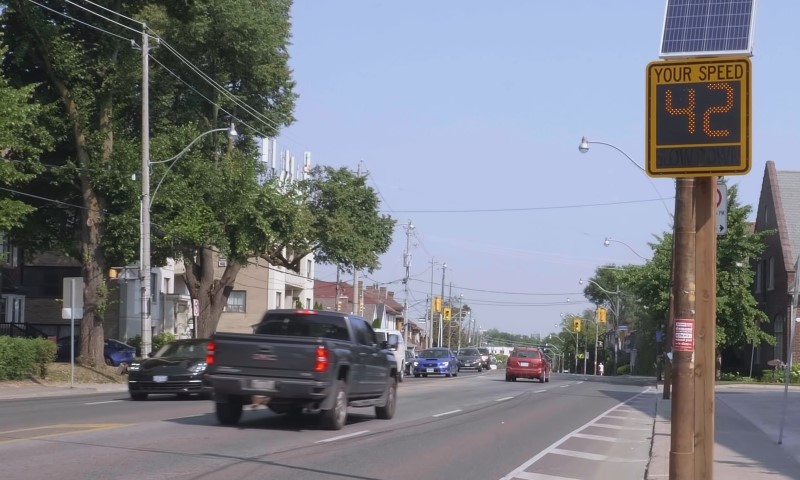
Speed limits define risk. Faster traffic shortens travel times but magnifies crash energy exponentially. Federal and state research agencies track those effects closely.
- IIHS Findings: Each 5 mph increase in a state’s maximum limit correlates with an 5% rise in fatality rates on interstates and freeways, and a 2.8% rise on other roads. Over 25 years, that has translated to about 36,760 additional deaths nationwide compared to a scenario where limits never increased.
- NHTSA 2023 Data: Speeding accounted for 29% of all U.S. traffic deaths, about 11,775 fatalities. While total fatalities dropped slightly in 2023 and 2024, speeding remains the dominant factor in severe crashes.
The physics are simple. At 80 mph, the crash forces quadruple compared to 40 mph. Stopping distances nearly double, and driver reaction time covers more ground.
That’s why even the fastest states impose conditions, daylight-only segments, truck differentials, or minimum spacing between ramps and driveways.
Still, most drivers in rural areas already cruise above 70 mph regardless of posting. Raising the limit can reduce variance and improve traffic flow if the design supports it. That’s the reasoning many state engineers give when they recommend increases.
State Snapshots

Each high-speed state follows its own rules and geography. Here’s a quick look at how their top limits are set and where they apply.
Texas
- Top limit: 85 mph on SH 130 near San Antonio
- Other 80 mph corridors: Segments of I-10, I-20, and SH-45
- Authority: State Transportation Commission may set up to 85 mph with supporting study
- Notes: All high-speed corridors are toll or rural routes engineered for it
Utah
- Top limit: 80 mph on rural freeways
- Rule: UDOT may raise limits under Utah Code 41-6a-602 after traffic and safety analysis
- Common routes: I-15 and I-80 through desert stretches
South Dakota
- Top limit: 80 mph on rural Interstate statewide
- Rule: Applies day and night; minimum 40 mph
- Enforcement: State patrol applies uniform standards across all rural freeways
Nevada
- Top limit: 80 mph on designated rural sections
- Rule: State law forbids speeds higher than 80 mph anywhere
- Urban areas: Typically 65 mph through Las Vegas, Reno, and Carson City
Montana
- Top limit: 80 mph outside cities
- Rule: Daytime 80, nighttime 70 on certain routes
- Truck limits: 70 mph rural; 65 mph nighttime
Wyoming
- Top limit: 80 mph on selected freeway corridors
- Process: Raised after engineering review and legislative authorization
- Enforcement detail: State database records low-level violations differently when limit is 80 mph
Oklahoma
- Top limit: 80 mph on turnpikes
- Routes: Cimarron, H.E. Bailey, Kickapoo, and Indian Nation turnpikes
- Notes: Increases phased in 2020–2024 after safety barrier upgrades
Idaho
- Top limit: 80 mph on specified Interstate sections
- Truck limit: 70–75 mph depending on segment
- Geography: Wide-open corridors through southern Idaho, including I-84 and I-86
North Dakota
- Top limit: 80 mph since August 1, 2025
- Corridors: I-29 and I-94 outside city limits
- Law: 2025 session updated both speed statute and fine schedule
How to Interpret High-Speed Signs When Traveling
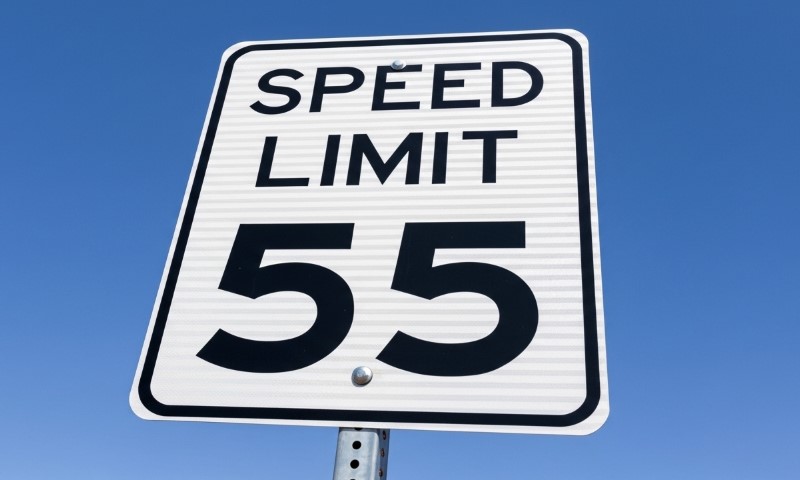
Speed limits are not statewide invitations, they are corridor-specific. A few practical notes help travelers stay on the right side of the law.
- Always go by posted signs. Even if a map says a state allows 80 mph, the sign in front of you governs that segment.
- Expect lower limits near cities. Urban interstates almost always drop to 65 or 70 mph.
- Watch for truck differentials. If you’re driving a heavy vehicle or towing, look for a second speed sign nearby.
- Mind toll road rules. Some turnpikes and tollways set higher limits only on particular stretches.
- Keep an eye on weather. Speed limits are maximums, not targets. Wet or icy conditions can still get you cited for “too fast for conditions.”
- Respect statutory caps. In states like Nevada, it’s illegal to exceed 80 mph even if you think conditions allow it.
Fastest Legal Limits Summary
| Rank | State | Max Legal Speed | Type of Road | Notes |
|---|---|---|---|---|
| 1 | Texas | 85 mph | SH 130 (toll) | Only corridor in the U.S. with 85 mph |
| 2–9 | Idaho, Montana, Nevada, N. Dakota, Oklahoma, S. Dakota, Utah, Wyoming | 80 mph | Rural interstates and turnpikes | Conditions vary |
| 10+ | Many others | 75 mph | Rural freeways | Most common national maximum |
Final Thoughts
Across the country, the spread of speed limits tells a lot about geography, culture, and confidence in infrastructure. Texas stands alone at 85 mph, a symbol of engineering ambition and wide-open land.
Eight other states hold steady at 80 mph, blending efficiency with caution. Everyone else finds their comfort zone lower.
No matter how fast the number on the sign, the key remains the same: drive to the conditions, not the maximum. Laws set the ceiling, but safety depends on how every driver handles the space beneath it.
Related Posts:




